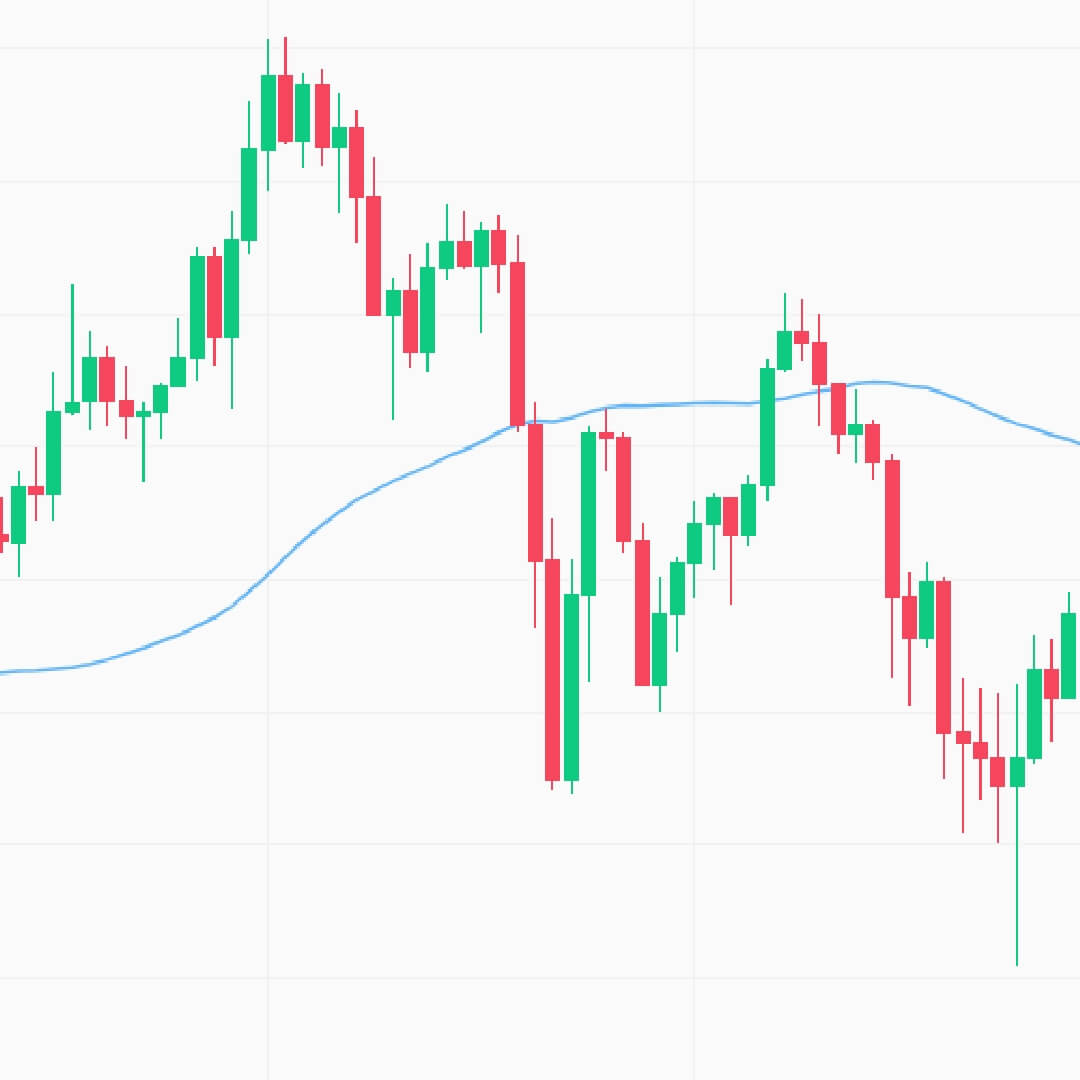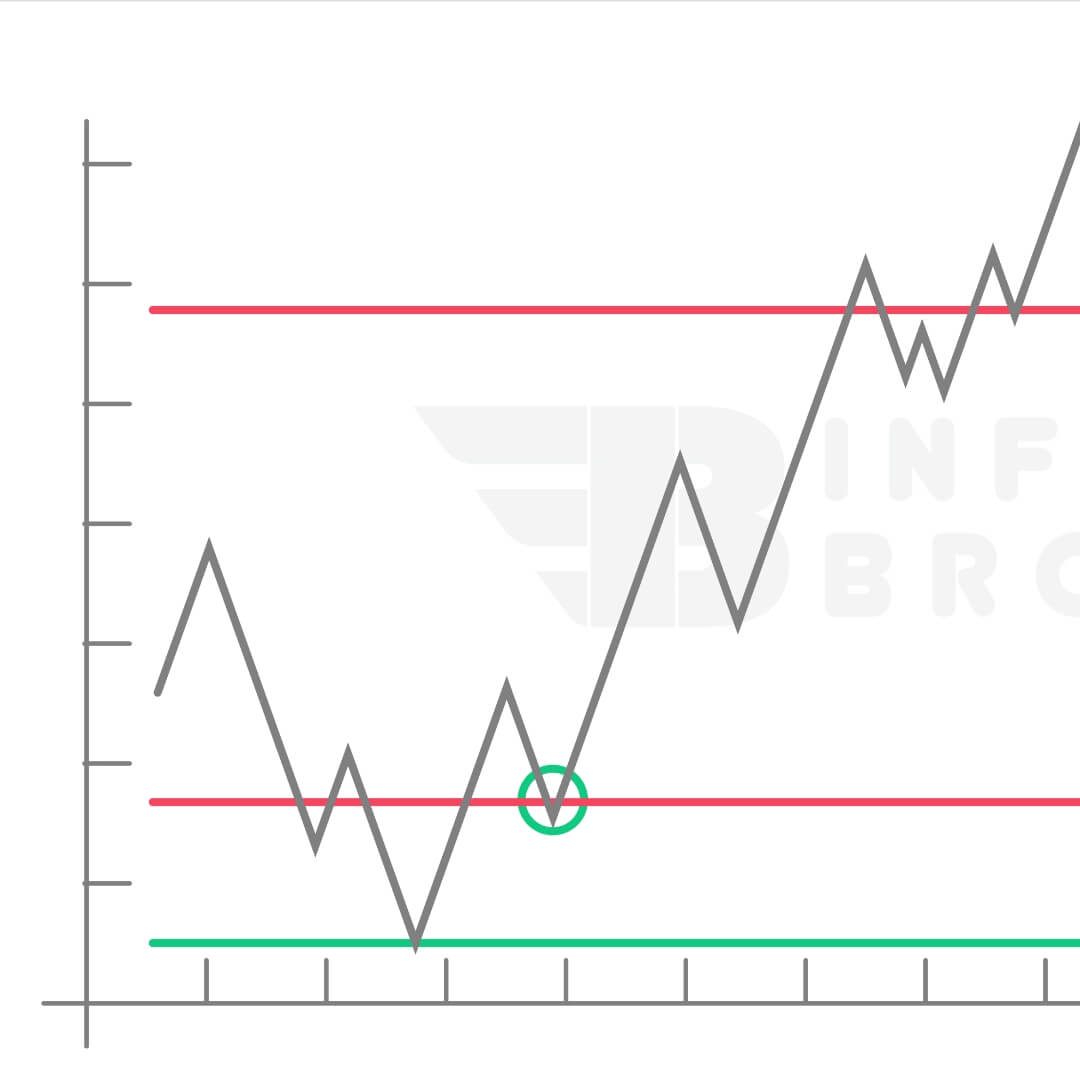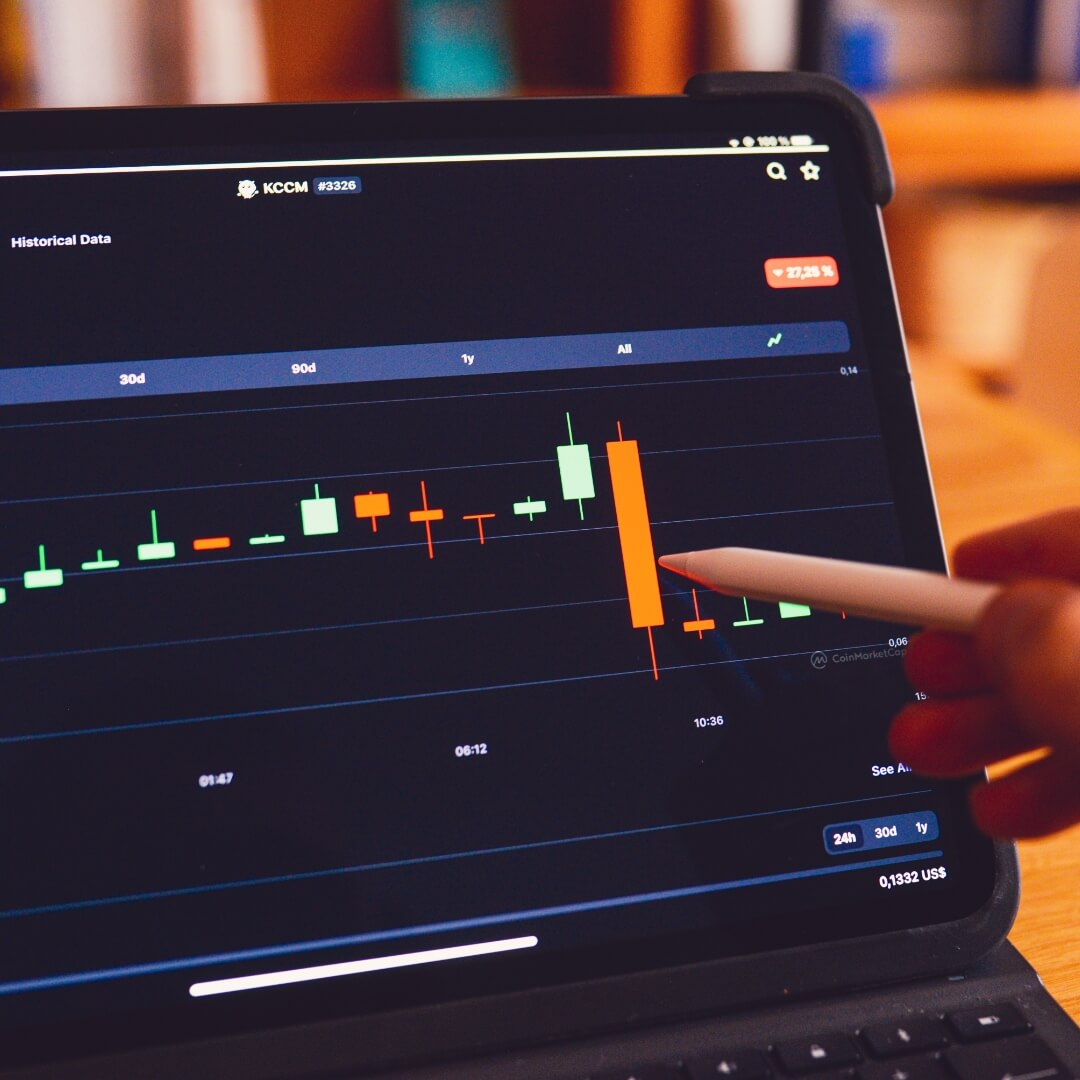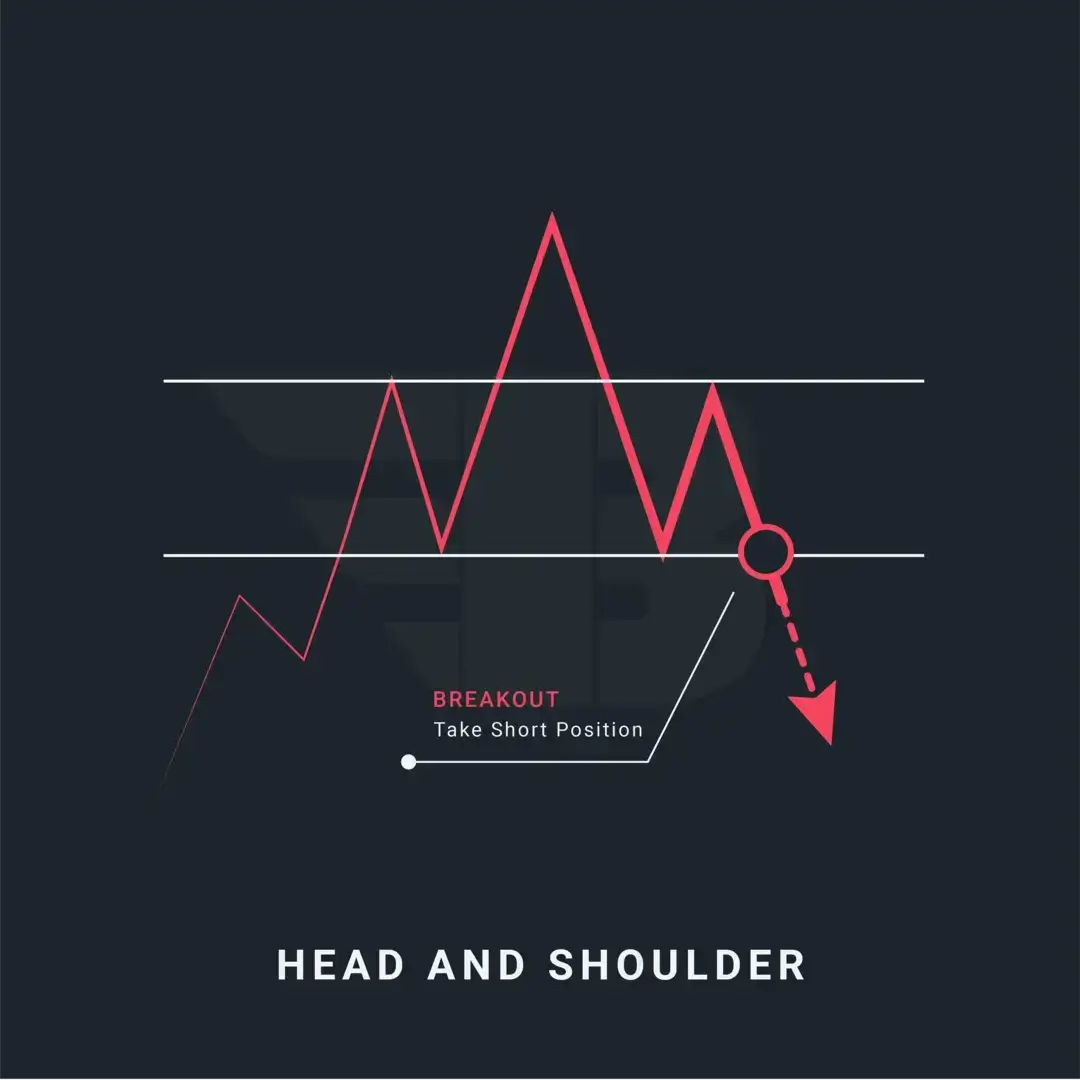Assets vs. Liabilities: The Key to Smart InvestingHow to Build Real Wealth!
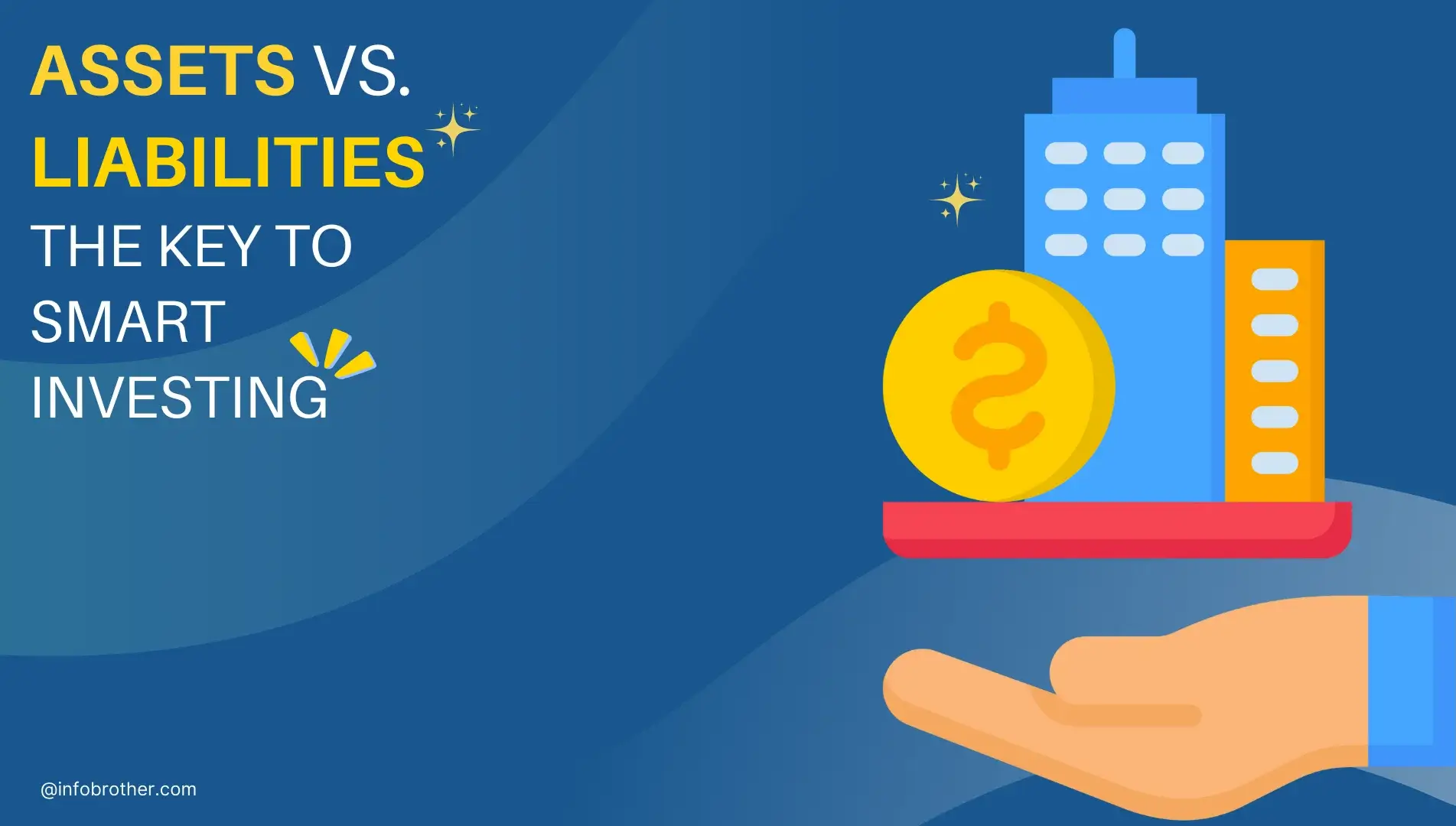
Key Takeaways
Welcome to the exciting world of investing!
Let's start by breaking down some key concepts, beginning with assets and liabilities. Understanding these fundamentals is essential for making informed investment decisions.
Common examples of liabilities include loans, credit card debts, and mortgages. These are financial commitments that demand regular payments from you.
Now, high-interest debts, such as credit card debts, are particularly risky. They can quickly spiral out of control, eating away at your financial resources faster than you might realise
Let's consider Ali, a tech entrepreneur. When he started his business, he accumulated $70,000 in credit card debt at a staggering 25% interest rate. This debt grew rapidly, eating into a significant portion of his profits.
Similarly, mortgages can also be seen as liabilities. They tie up a substantial portion of your income in regular payments, limiting your financial flexibility.
Imagine buying your dream home with a hefty mortgage. While it's wonderful to own your own place, those monthly payments can restrict your ability to invest in other assets.
Take Elon Musk, for example, who bought a McLaren F1 on loan before founding SpaceX. Despite its luxury status, the car depreciated significantly over time, serving as a cautionary tale about expensive assets that lose value.
On the flip side, consider Sara Blakely, the founder of Spanx. She made a wise choice by purchasing a used car, avoiding hefty loan payments and freeing up more money to invest in her business.
Now, take a moment to think about your own financial situation. Can you identify any liabilities that might be impacting your financial goals?
Now that we've covered liabilities, let's shift our focus to assets.
Unlike liabilities, assets work for you, generating income even when you're not actively working. Common assets include homes, stocks, savings, and valuable personal items like cars.
It's worth noting that items like cars or homes can be either liabilities or assets depending on how they're used. For instance, a car is typically a liability due to ongoing costs like fuel and maintenance. However, it can become an asset if it generates income, such as through rentals.
Legendary investor Warren Buffett is a master at balancing assets and liabilities. He advocates for buying assets at a good price and avoiding unnecessary debts, a strategy that has contributed to his immense success.
Stay tuned for more insights in our upcoming lessons!


